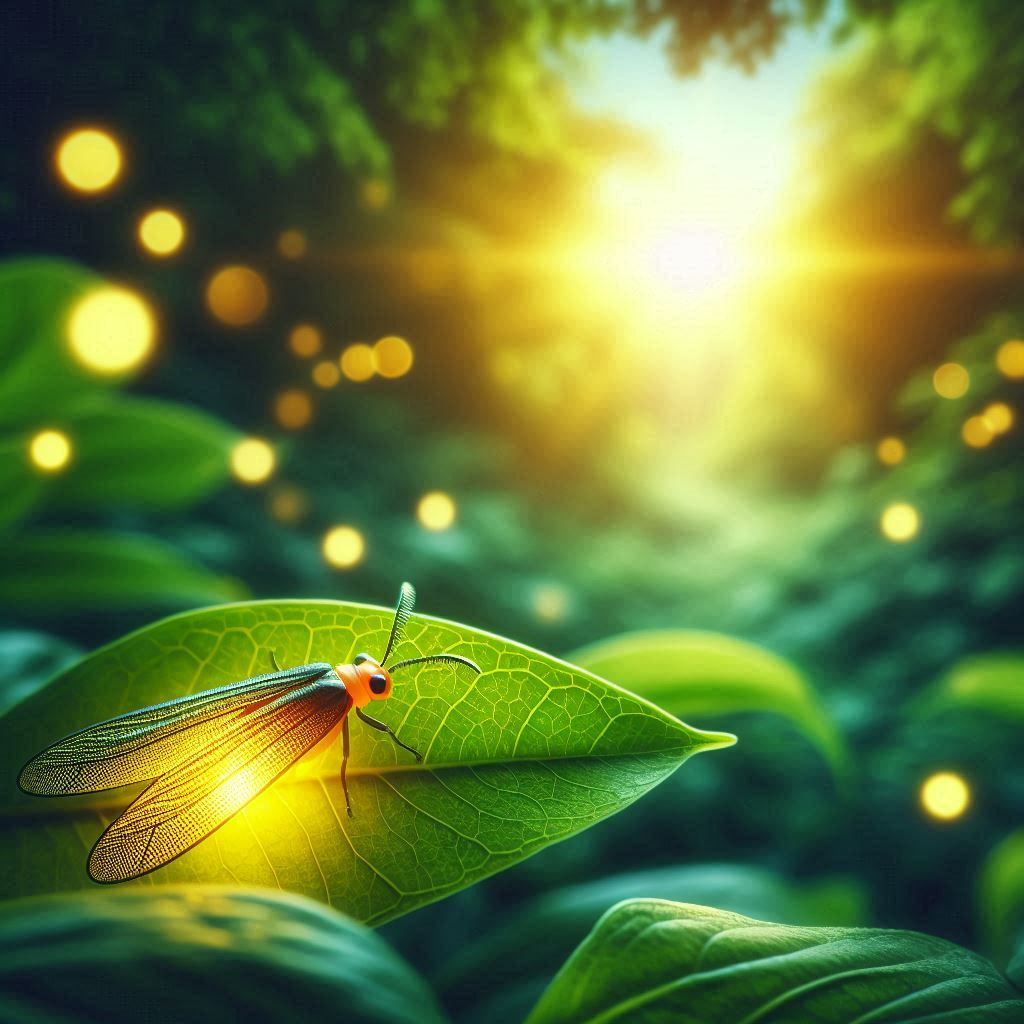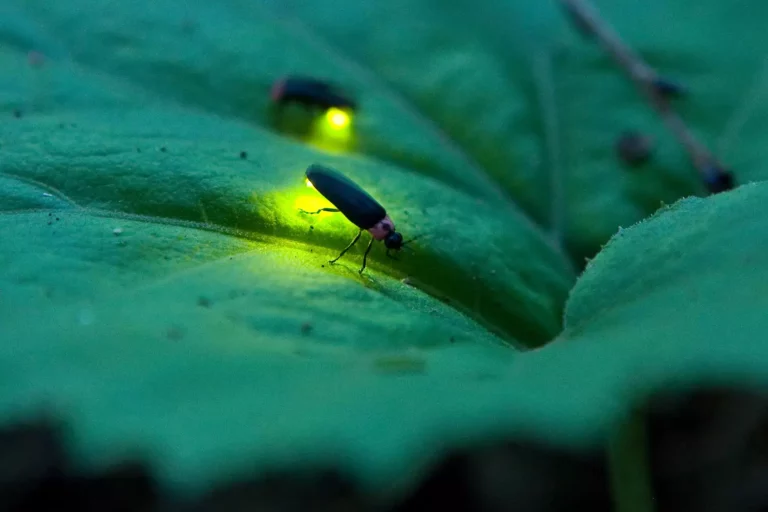By Jan Khaskheli
Ever since I was young, my parents have encouraged me and my siblings to catch fireflies on dark summer nights. I still recall the nights when we leapt our charpai to catch the lightning bugs.
However, we would quickly be disappointed as capturing them would prove difficult. We had sprawling courtyards in the village, and chasing fireflies at night was our favourite activity. However, in urban life, these creatures seem almost non-existent.
I have often narrated these stories to my young daughters, who are growing up in this city of lights, although one cannot imagine catching these creatures in a town in Pakistan. Recently, when the schools announced the Summer holidays, we proceeded to my native village with nostalgia to meet relatives, observe nature closely and maybe catch a few fireflies. However, they were disappointed to report that they still had not seen any fireflies despite remaining awake for longer hours at night.
I asked my cousin, a cultivator in our village, about it, and he replied: “They (fireflies) have become a rare species in the villages. The excessive use of pesticides and fertilizers may have affected the population of these insects. However, they can be seen in their natural habitats, forests, crops, grazing land, and open woods, although the girls would not be able to visit these places at night.”
Fireflies Vanishing: Wildlife Department’s View
When I approached the Sindh Wildlife Department officials about the fireflies, he stated: “These insects cannot survive in droughts. Since there have been lesser amounts of Monsoon rain here, these insects have been devoured by birds and hence their population is disappearing gradually. Whenever our area receives more rain the population of these insects increases.”

A firefly flashes its light every 2 or 3 seconds while in flight. It survives on soft-bodied insects, snails, slugs, and mites along with its species.
Despite their miniature size and preference for darker places, fireflies receive a lot of attention when summer arrives. Their remarkable green and yellow flashing lights have a hypnotic effect on people, particularly children. However, the same throbbing glow that attracts the youngsters can lead the male fireflies to their deaths.
However, whenever I visit my own village or any rural area, I dream of seeing these things. Especially at nighttime, I keep myself watching here and there to witness the twinkling flies. All the village people, who now have mixed up in urban society, may have the same desires about these creatures.
When the weather is warm, wildly where the open meadows and forests coexist, the adult male fireflies of most species set out to mate in the evening. The females, meanwhile, await their mates in the foliage, blinking seductively. The task for each male is to find an unmated female of its species. In many firefly species, the females evolve through internal chemistry into man-eaters once they successfully mate. Thereafter they use their blinks to attract their meal in the shape of a firefly. Some females even imitate the idiosyncratic blinking patterns of other species to attract as many unsuspecting males as possible.
Their eggs are concealed among rotting wood and humid debris on the ground, and the larvae hatch in the spring. The fully grown larvae over winter in pupal chambers just below the soil surface and pupate in the following spring. The larvae grow over the winter in pupal chambers just below the soil surface and pupate in the following spring. Adults emerge in late August.
I always wanted my children to experience watching fireflies during their childhood. Now that they are visiting their native village to enjoy their summer vacations every year, I hope they can see the lightning bugs anytime. Fortunately, more monsoon rains have been happening these years. My daughters were anxiously wandering from one courtyard to another, visiting relatives to see the fireflies, as I received reports from my relatives. Nonetheless, my sisters are optimistic that this year their lingering dream will come true.
About Author

Mr. Jan Khaskheli writes extensively about the environment, changing ecosystems, and disappearing precious wildlife species, including common mammals, birds, reptiles, and insects. He was born to a peasant family and grew up in a village. The life he has spent always inspired him to depict in stories for newspapers. Besides writing features, he has a passion for writing short stories and poetry.


